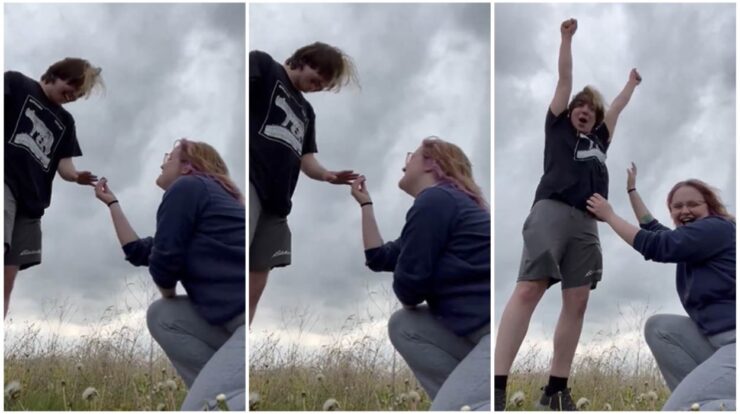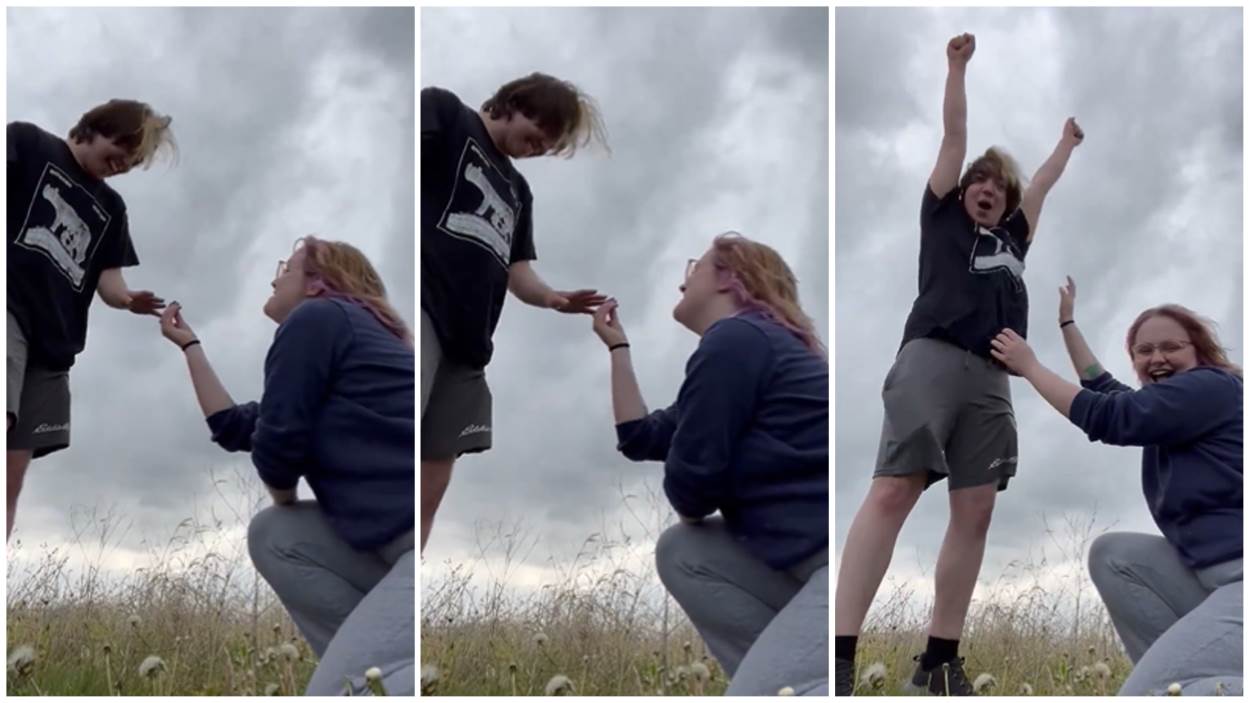
Nebraska tornadoes are a force to be reckoned with, leaving an unforgettable mark on the state’s landscape and communities. From their frequent occurrences to their devastating impacts, understanding these twisters is crucial for preparedness and safety.
Nebraska’s geographical location and seasonal patterns play a significant role in tornado activity, making it a topic of great interest for research and forecasting agencies. As we delve into the world of Nebraska tornadoes, we’ll explore their historical significance, safety measures, and the ongoing scientific efforts to predict and mitigate their impacts.
Overview of Nebraska Tornadoes

Nebraska is known for its frequent and severe tornadoes. The state experiences an average of 53 tornadoes per year, making it one of the most tornado-prone states in the United States. These tornadoes can be devastating, causing widespread damage and loss of life.
Tornadoes in Nebraska occur throughout the year, but they are most common in the spring and summer months. The state’s geographical location in the central United States puts it in the path of severe weather systems that can produce tornadoes.
Beyond music, Bon Jovi has also dabbled in acting, appearing in several films and television shows. Discover his acting career . However, it’s his political views that have sometimes sparked controversy. Explore his political views .
Historical Notable Nebraska Tornadoes

Nebraska has experienced some of the most significant and devastating tornadoes in U.S. history. Here are a few examples:
- The Hallam Tornado (1980): This F4 tornado killed 10 people and injured 133 as it tore through the town of Hallam, Nebraska.
- The Pilger Tornado (2014): This EF5 tornado killed one person and injured 19 as it caused widespread damage in the town of Pilger, Nebraska.
- The Beatrice Tornado (1975): This F4 tornado killed five people and injured 100 as it struck the city of Beatrice, Nebraska.
Tornado Safety and Preparedness in Nebraska
It is important for Nebraska residents to be prepared for tornadoes. The state has a number of warning systems in place, including sirens, weather radios, and mobile phone alerts. Residents should also develop an evacuation plan and identify a safe shelter in their home.
In the event of a tornado warning, residents should seek shelter immediately. The safest place to be during a tornado is in a basement or underground shelter. If a basement is not available, residents should go to the lowest level of their home and find an interior room without windows.
Tornado Research and Forecasting in Nebraska
Nebraska is home to a number of research institutions and weather forecasting agencies that study and predict tornadoes. The National Severe Storms Laboratory (NSSL) in Norman, Oklahoma, is a world leader in tornado research. The NSSL has developed a number of technologies that have helped to improve tornado forecasting and warning systems.
The Storm Prediction Center (SPC) in Norman, Oklahoma, is responsible for issuing tornado watches and warnings for the United States. The SPC uses a variety of data, including radar, satellite, and weather balloon observations, to forecast tornadoes.
Economic and Societal Impact of Tornadoes in Nebraska
Tornadoes can have a significant economic and societal impact on Nebraska communities. The cost of property damage, infrastructure repairs, and recovery efforts can be enormous. Tornadoes can also disrupt businesses and lead to job losses.
In addition to the economic impact, tornadoes can also have a significant psychological impact on survivors. Tornadoes can cause anxiety, depression, and post-traumatic stress disorder (PTSD).
Jon Bon Jovi’s songwriting process is often inspired by his own life experiences, which he translates into heartfelt lyrics. Read more about his songwriting process . Bon Jovi’s bandmates have also played a significant role in his success, with their musical talents and unwavering support.
Learn more about his bandmates .
Climate Change and Nebraska Tornadoes
Climate change is likely to have an impact on tornado activity in Nebraska. Some scientists believe that climate change could lead to an increase in the frequency and intensity of tornadoes. However, more research is needed to determine the exact impact of climate change on tornadoes.
If climate change does lead to an increase in tornado activity, it will be important for Nebraska communities to be prepared. This includes investing in tornado-resistant buildings and infrastructure, and developing more effective warning systems.
Epilogue
Nebraska tornadoes have shaped the state’s history and continue to pose a challenge for its residents. By understanding their patterns, implementing safety measures, and supporting research efforts, we can better prepare for these powerful forces of nature and minimize their devastating consequences.
Answers to Common Questions
What are the most common types of tornadoes in Nebraska?
Supercell tornadoes, which are typically the most powerful and long-lived, are common in Nebraska.
What is the average number of tornadoes in Nebraska each year?
Nebraska experiences an average of 50 tornadoes per year.
What are the warning signs of a tornado?
A rotating funnel cloud, debris rotating in the air, and a loud roaring noise are common warning signs of a tornado.





